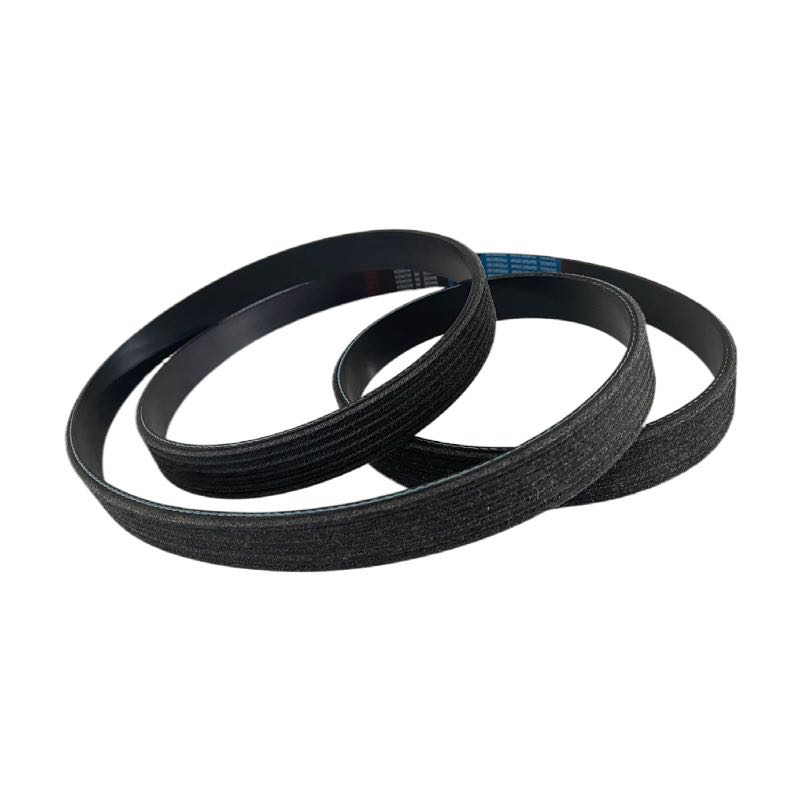- Arabic
- French
- Russian
- Spanish
- Portuguese
- Turkish
- Armenian
- English
- Albanian
- Amharic
- Azerbaijani
- Basque
- Belarusian
- Bengali
- Bosnian
- Bulgarian
- Catalan
- Cebuano
- Corsican
- Croatian
- Czech
- Danish
- Dutch
- Afrikaans
- Esperanto
- Estonian
- Finnish
- Frisian
- Galician
- Georgian
- German
- Greek
- Gujarati
- Haitian Creole
- hausa
- hawaiian
- Hebrew
- Hindi
- Miao
- Hungarian
- Icelandic
- igbo
- Indonesian
- irish
- Italian
- Japanese
- Javanese
- Kannada
- kazakh
- Khmer
- Rwandese
- Korean
- Kurdish
- Kyrgyz
- Lao
- Latin
- Latvian
- Lithuanian
- Luxembourgish
- Macedonian
- Malgashi
- Malay
- Malayalam
- Maltese
- Maori
- Marathi
- Mongolian
- Myanmar
- Nepali
- Norwegian
- Norwegian
- Occitan
- Pashto
- Persian
- Polish
- Punjabi
- Romanian
- Samoan
- Scottish Gaelic
- Serbian
- Sesotho
- Shona
- Sindhi
- Sinhala
- Slovak
- Slovenian
- Somali
- Sundanese
- Swahili
- Swedish
- Tagalog
- Tajik
- Tamil
- Tatar
- Telugu
- Thai
- Turkmen
- Ukrainian
- Urdu
- Uighur
- Uzbek
- Vietnamese
- Welsh
- Bantu
- Yiddish
- Yoruba
- Zulu
Nov . 27, 2024 16:06 Back to list
Understanding the Difference Between Timing Belts and Alternator Belts for Your Vehicle
Understanding Timing Belts and Alternator Belts in Cars
When it comes to car maintenance, there are numerous components that require regular attention to ensure a vehicle runs smoothly. Among these vital parts, the timing belt and alternator belt play crucial roles. Though they serve different purposes, both belts are essential for the overall health and performance of your engine. This article will delve into the functions of each belt, signs of wear, and the importance of timely replacement.
What is a Timing Belt?
The timing belt is a rubber belt that connects the crankshaft to the camshaft in an internal combustion engine. Its primary function is to synchronize the rotation of these two components, ensuring that the engine's valves open and close at the proper intervals during each cylinder's intake and exhaust strokes. This synchronization is crucial for optimal engine performance and efficiency.
Importance of Timing Belts
1. Engine Performance A well-functioning timing belt is essential for maintaining the engine's overall performance. If the timing is off due to a worn or damaged belt, it can lead to decreased power output, poor fuel economy, and even engine misfires.
2. Prevention of Engine Damage In interference engines, a timing belt failure can result in severe engine damage. If the timing belt breaks, the pistons may collide with the open valves, potentially bending them and damaging other components. This can lead to costly repairs or even the need for a full engine replacement.
3. Regular Maintenance Most manufacturers recommend replacing the timing belt every 60,000 to 100,000 miles, but it's essential to check your specific vehicle’s manual for guidelines. Routine inspections can help catch early signs of wear, such as cracking or fraying, allowing for timely replacement.
What is an Alternator Belt?
The alternator belt, often referred to as a serpentine belt or drive belt, is responsible for powering various accessories in the engine, including the alternator, power steering pump, and air conditioning compressor. Unlike the timing belt, the alternator belt is not responsible for engine timing but is still critical for overall vehicle functionality.
timing belt for car\/timing belt and alternator belt

Importance of Alternator Belts
1. Electrical System The alternator belt ensures that the alternator generates electricity to recharge the battery and power electrical components while the engine is running. If the belt slips or breaks, the battery may not charge, leading to a dead battery and an inoperable vehicle.
2. Power Steering and AC Many vehicles use a single serpentine belt to drive not only the alternator but also the power steering and air conditioning systems. A failure in this belt can affect drivability, as power steering may become difficult, and the air conditioning may fail to operate effectively.
3. Replacement Schedule Alternator belts also require periodic inspection and replacement, generally every 50,000 to 70,000 miles. Look for signs of wear, including cracks, fraying, or a shiny appearance, which indicate that it may be time for a replacement.
Signs of Wear and When to Replace Belts
For both timing and alternator belts, being aware of symptoms of wear can save you from more extensive damage and costly repairs. Some signs to look out for include
- Squeaking or Slipping A high-pitched squeaking noise can indicate that the alternator belt is slipping. For timing belts, a more profound, rumbled noise may occur due to misalignment or wear. - Visible Wear Cracks, frays, or worn outer edges on either belt are clear indicators they need replacing. - Warning Lights Dashboard warning lights can indicate issues with the charging system (for alternator belts) or performance issues related to timing.
Conclusion
In summary, both the timing belt and the alternator belt are crucial components of a vehicle's operation. Adhering to a proper maintenance schedule can significantly impact your vehicle's reliability and efficiency. By regularly inspecting these belts and replacing them as necessary, you can prevent breakdowns and costly repairs, ensuring a smooth and safe driving experience. Always consult your owner's manual for specific recommendations and consider enlisting the help of a trusted mechanic when it comes to the health of your vehicle's belts.
-
Upgrade Power Steering Pump Belt for Smooth, Quiet Operation
NewsAug.27,2025
-
Precision Timing Belt & Chain: Engine Performance & Durability
NewsAug.26,2025
-
Precision Lathe Drive Belts: Durable & Reliable Performance
NewsAug.25,2025
-
84.5 Serpentine Belt: Durable & Precision Fit for Your Engine
NewsAug.24,2025
-
Premium Ribbed Drive Belts for Quiet Power Transmission
NewsAug.23,2025
-
High-Performance Vehicle Timing Belt for Engine Precision
NewsAug.22,2025

